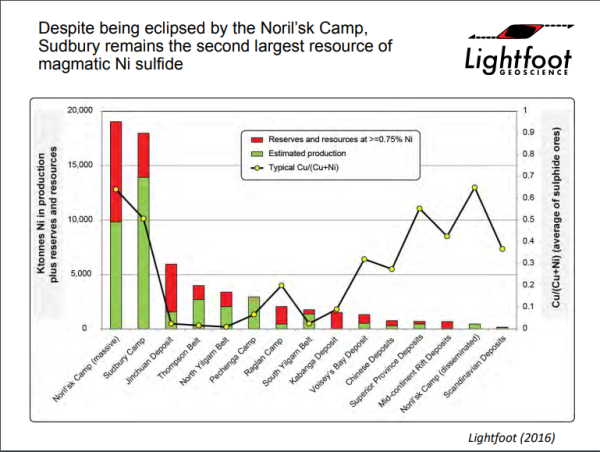Nadia Mykytczuk, Industrial Research Chair in biomining, bioremediation and science communication at Laurentian University, spends a lot of time studying how micro-organisms like bacteria can be used to extract minerals and re-process legacy mine waste, all of which can reduce the environmental liabilities of mining.
As one of the few mining microbiologists focused on cold environments like Canada, she is working to create a Centre for Mine Waste Biotechnology that will nurture the next generation of scientists, companies and microbial mining tools.
CIM: What path led you to your current work at Laurentian University?
Mykytczuk: Very early on I was focused on how microbes work in various environments. While I was an undergrad at Carleton University, I got a co-op placement at the National Research Council looking at vaccine development for various pathogens; for my PhD at Laurentian, I looked at the adaptation of acid mine drainage (AMD) bacteria to acidic and cold environments.

























